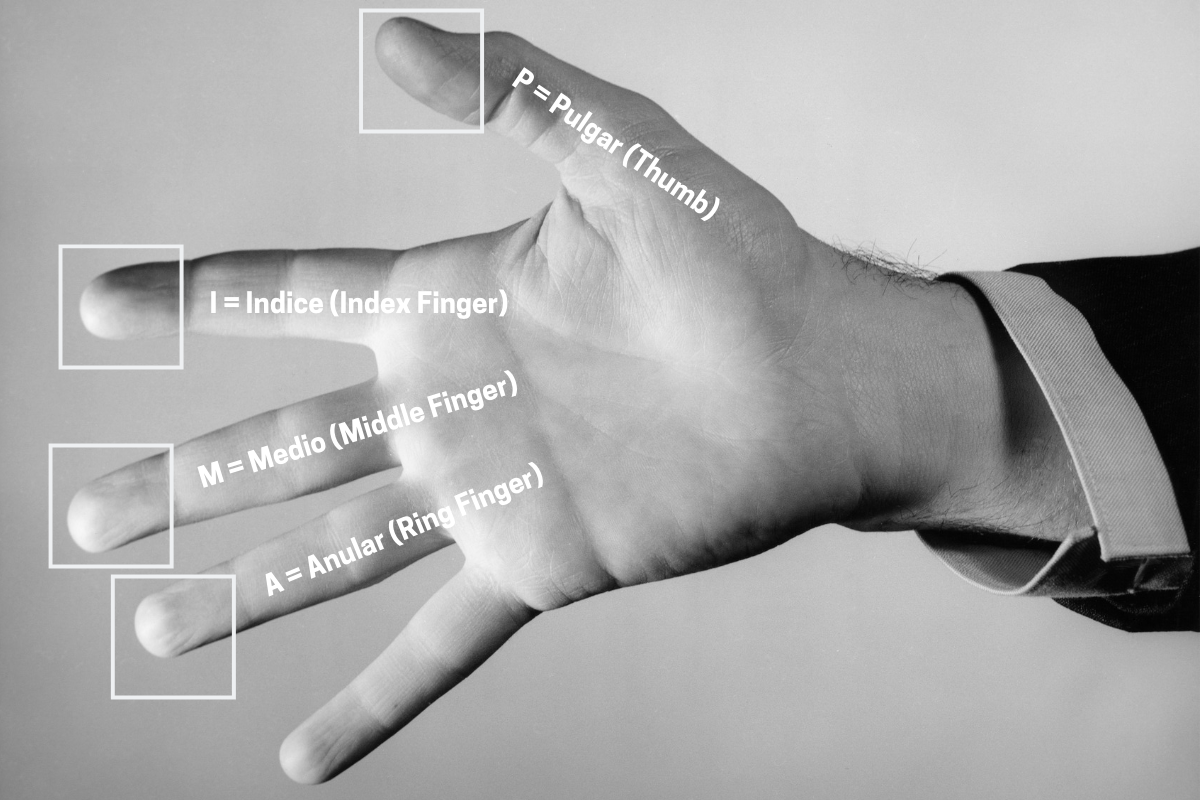Speed Techniques in Fingerstyle Guitar
Many players transition from using a traditional pick to playing fingerstyle guitar because it gives them better control, tone, and connection with the instrument. But fingerstyle can make it feel harder to play fast lead lines and melodies. So how do you keep up the speed on single-line melodies and solos?
One of the advantages of a traditional pick is that it allows fast single-note picking using established techniques like alternating picking and cross-picking.
Fingerstyle guitarists can still play very fast, though, and arguably faster in some scenarios like cross-picking and arpeggios.
So here are several approaches to increase your speed as you move away from the pick and into fingerstyle guitar.
The Classical Approach
If you're familiar with classical guitar, you're probably also familiar with PIMA. PIMA is a notation system for your strumming/picking hand that uses the acronym to identify your digits: P = Thumb, I = Index, M = Middle, A = Ring finger. For full explanation, see here.

Using that method as a shorthand (no pun intended), we can see that classical guitarists typically approach single-note playing by:
- Using i-m or m-i fingering, simply alternating the two fingers.
- For string skipping, you can also use the i-a, a-i, m-a, or a-m patterns. These patterns incorporate the ring finger.
- And for very fast notes, you can practice the technique of using i-m-a or a-i-m, coordinating the three fingers for very fast playing.
The School of Rock
Fingerstyle players from the school of rock - folks like Mark Knopfler and Derek Trucks - often alternate the thumb and index finger to play fast licks and solos.
The way it works is that you use the thumb to play downstrokes and the index finger to play upstrokes, all on the same string.
You use the same technique to move between strings.
As one commentator described in this discussion:
"...the alternate plucks are more like a snaps where the string sort of gets passed back and forth between thumb and index finger..."
This technique will not get you to Kirk Hammett levels of speed picking, but it does make other facets of picking technique easier: string skipping and arpeggiation, in particular.
O Come, O Come Emmanuel
Tommy Emmanuel, in the spirit of Chet Atkins, favors a hybrid approach. By using a thumb pick and fingers, he can get the best of both worlds.

During the rhythm parts of the song, he uses the thumb pick to play the bass notes, and then his fingers to play the higher strings.
For single-note lines, though, he often uses the thumb pick like a traditional pick, blazing through straight-ahead rock, blues, and jazz licks.
One-Size-Fits-All?
There are more approaches out there. Guitar has a great diversity of approaches, of course, from Wes Montgomery's "thumb" to Van Halen's finger-tapping.
One thing we should remember, though, is that there's no single technique that will work in every situation.
There is never one style of playing that will allow you to perform excellently across all genre, all songs, and in every environment.
We have to choose the best technique for the moment, even song to song.
And, I suppose, at the end of the day, we must humbly acknowledge that there are certain things we will not do well. We may never breeze through a jazz solo like Wes, or blister the front row with the intro to Eruption.
But we can choose the right tool for the song in front of us.
Have some other players and techniques that should be mentioned? Put 'em in the comments below!
[products limit="2" columns="2" orderby="date" order="DESC" ids="2007,1852"]
